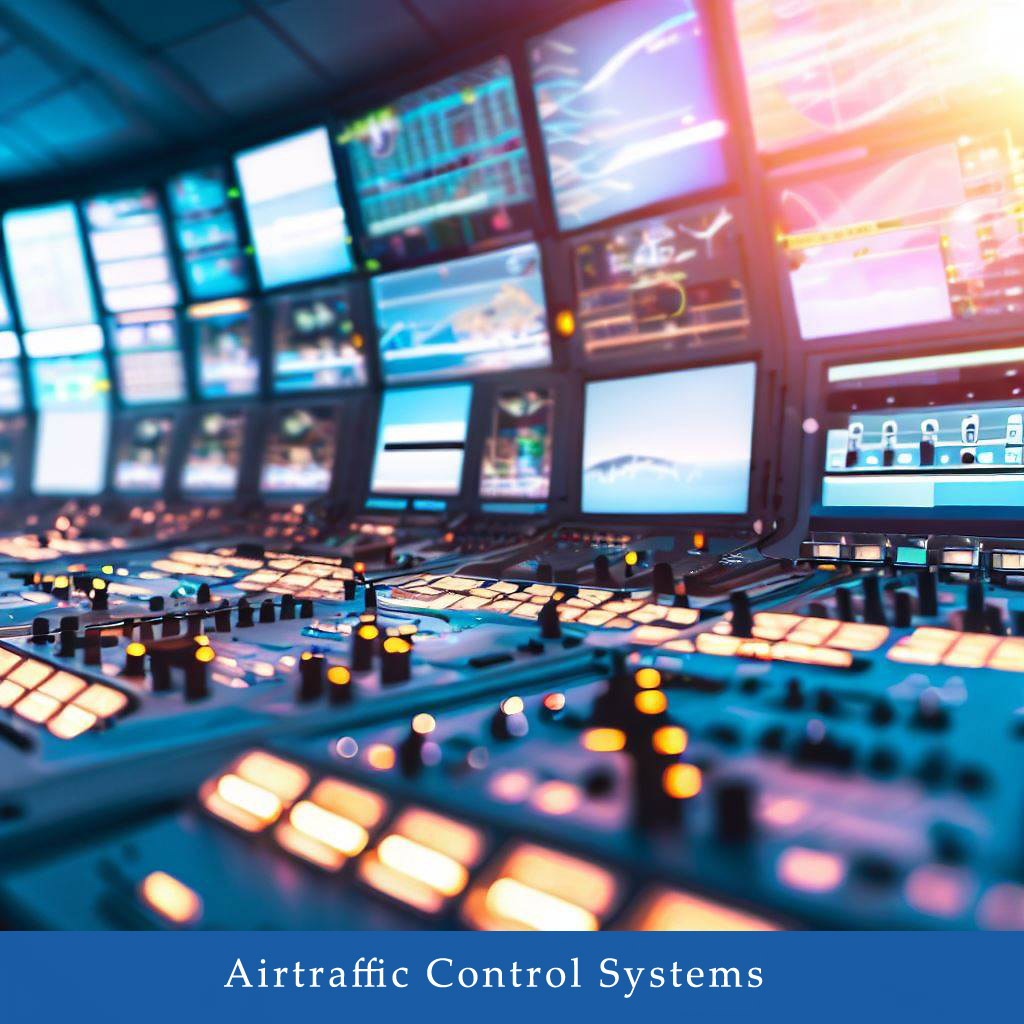
Airtraffic Control System

Air Traffic Control Systems: Ensuring Safe Skies for Global Aviation
Air traffic control (ATC) systems play a crucial role in ensuring the safety and efficiency of air travel across the globe. With millions of flights taking off and landing every year, managing the complexities of airspace has become a top priority for aviation authorities. These systems are the backbone of modern air traffic management, guiding aircraft through the skies while preventing potential collisions and ensuring smooth operations.
At the heart of air traffic control systems are highly sophisticated technologies that constantly monitor and track aircraft movements. Radar systems, ground-based sensors, and satellite-based positioning systems like GPS work in tandem to provide real-time data on the exact location, altitude, and speed of each aircraft. Air traffic controllers use this information to make informed decisions and provide precise instructions to pilots.
Safety is the primary objective of air traffic control systems. Controllers continuously monitor aircraft trajectories, enabling them to identify and resolve potential conflicts promptly. They also take into account weather conditions, air traffic density, and any temporary airspace restrictions to make route adjustments and ensure optimal efficiency.
To manage the increasing air traffic demands, many countries have invested in modernizing their air traffic control systems. Next-Generation Air Transportation System (NextGen) in the United States and Single European Sky ATM Research (SESAR) in Europe are prominent examples of such initiatives. These modernization efforts aim to enhance automation, communication, and collaboration among various stakeholders to optimize airspace utilization.
Despite their robustness, air traffic control systems are not immune to challenges. Cybersecurity threats and the potential for system failures require constant vigilance and stringent backup protocols. Additionally, the integration of unmanned aerial vehicles (UAVs) or drones into the airspace introduces new complexities that demand innovative solutions.
In conclusion, air traffic control systems are the lifeline of aviation, providing the necessary guidance and coordination to ensure the safe and efficient movement of aircraft worldwide. By leveraging cutting-edge technologies and continuous improvements, these systems remain steadfast in their mission to keep the skies safe for millions of passengers and cargo every day.

